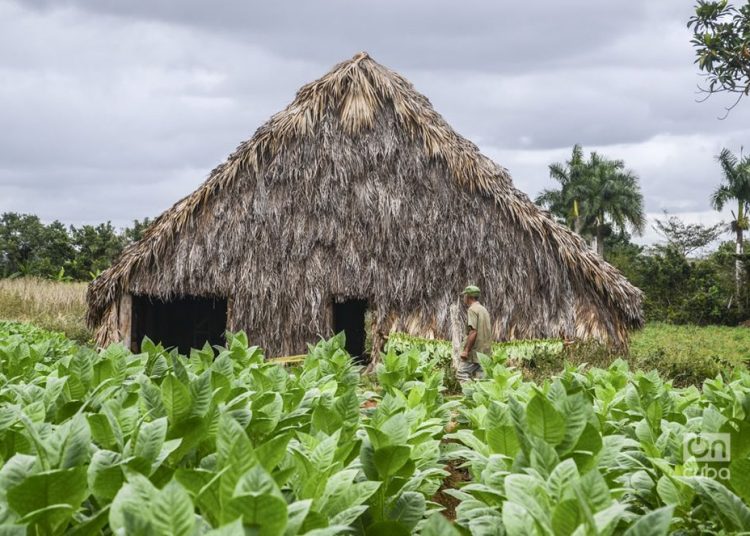Cuban researchers are developing a technique that maintains the green color in dried tobacco leaves and provides greater sweetness to the layers, which are used in “low strength” cigars, which are highly appreciated by new smokers, the island’s official media reported this Thursday.
The procedure, which has its antecedents in studies carried out more than six decades ago in the country, is being applied in the westernmost province of Pinar del Río, where the famous Vueltabajo tobacco plantations are located, which concentrate more than 60% of tobacco production in Cuba and produce the appreciated Cuban habano.
“The objective is to achieve leaves that after the drying process have the characteristics of fineness and elasticity typical of any layer with which a cigar is dressed, without losing its green color,” Nelson Rodríguez, the director of the San Juan y Martínez Tobacco Experimental Station, told the state newspaper Granma.
To prevent the tobacco leaves from adopting the usual brown color after drying, the researchers vary the temperature and humidity parameters applied in the tobacco “cure houses” after the harvest, which also “requires other specific management in the agricultural stage,” explained Rodríguez.
As a result, the leaves treated with this technology do not lose the sugars that are eliminated with the traditional procedure, so they “have a greater sweetness.”
“The specialists consider that it is a lighter layer. That’s why it is used in the rolling of low-strength cigars, for people who are initiated as smokers, and has been gaining followers in recent times,” said the specialist.
The executive points out that the cigar rolled with dried green leaf “is only consumed in the U.S.” and although “the current government of that country is determined to hinder any trade with Cuba” and forbids the marketing of the habanos, the technology “is already available for when it is needed.”
Tobacco is the fourth sector that contributes the most income to Cuba’s gross domestic product, and in 2017 it reached for the first time in its history the threshold of 500 million dollars in sales, with a growth of 12% year-on-year, according to official data.
The sector employs about 200,000 workers on the island, which increase to 250,000 at the high point of the harvest.
The promoters of Cuban tobacco highlight that it meets the triple condition of soil, climate and experience of its producers.
Despite reporting million-dollar operations in 150 countries, the Spanish-Cuban Habanos Company can’t sell in the United States due to Washington’s embargo on Cuba, thus losing its opportunity in what is considered the world’s first premium cigar market, taking up two thirds of the global quota










